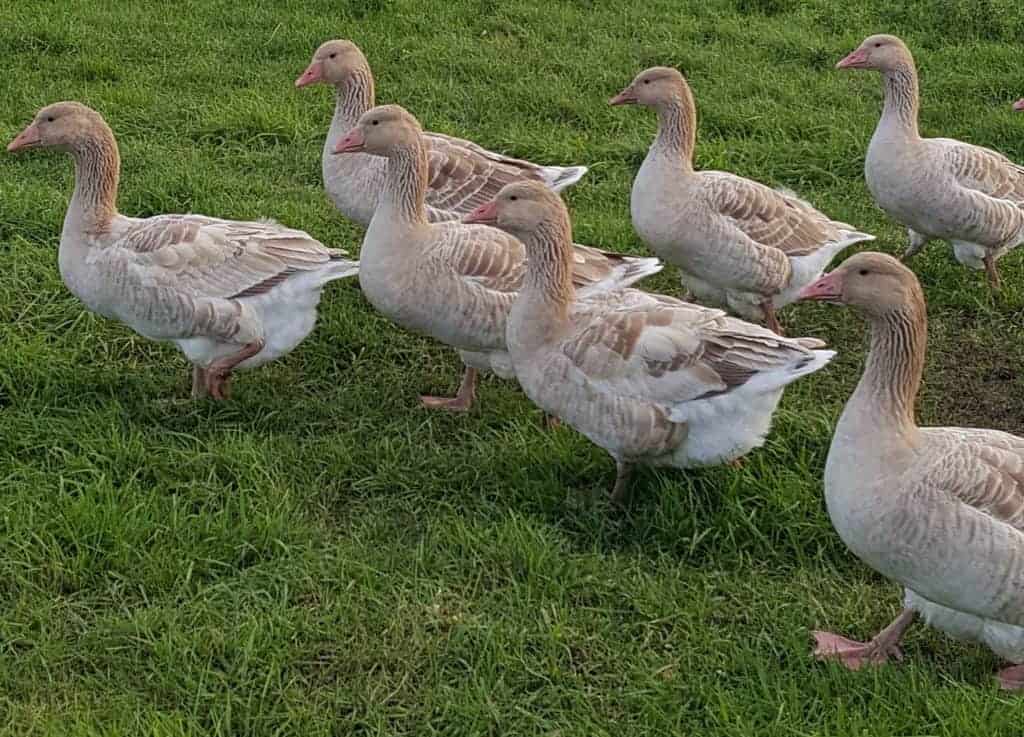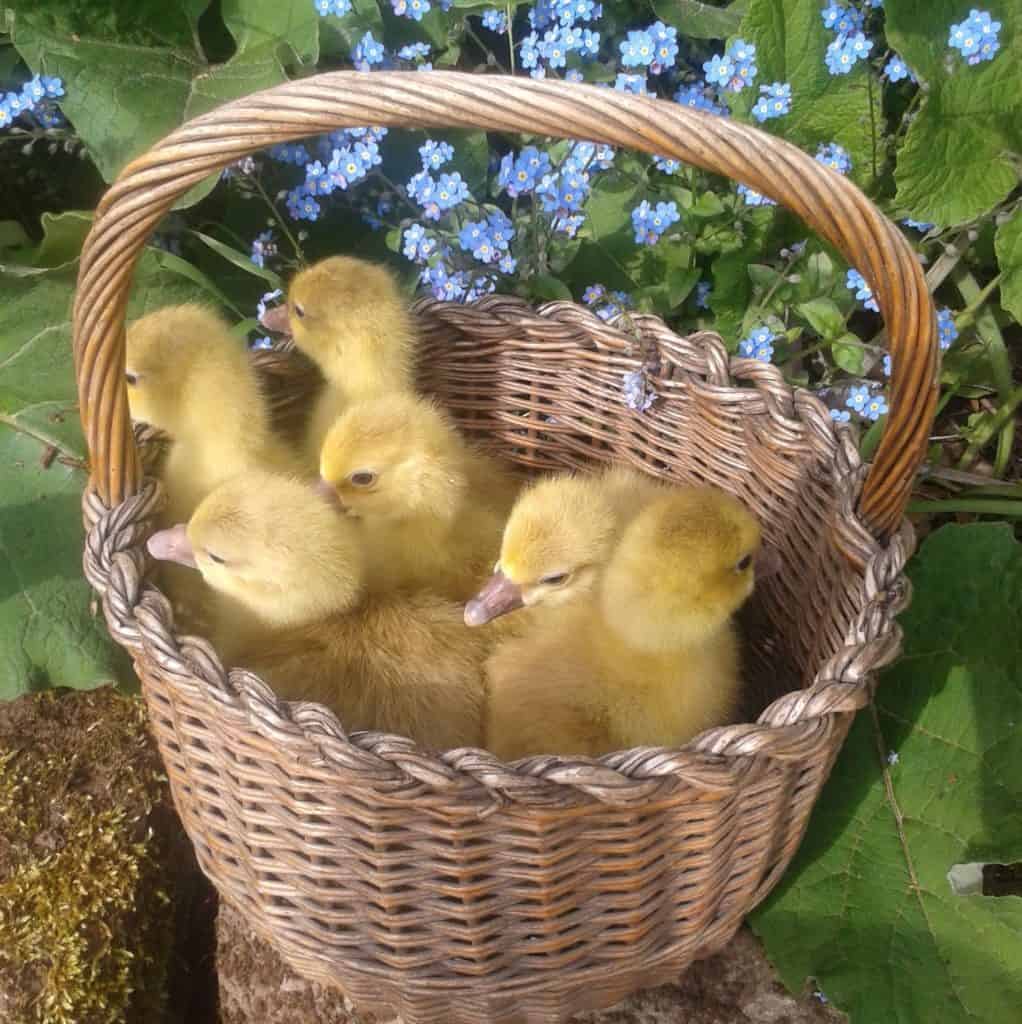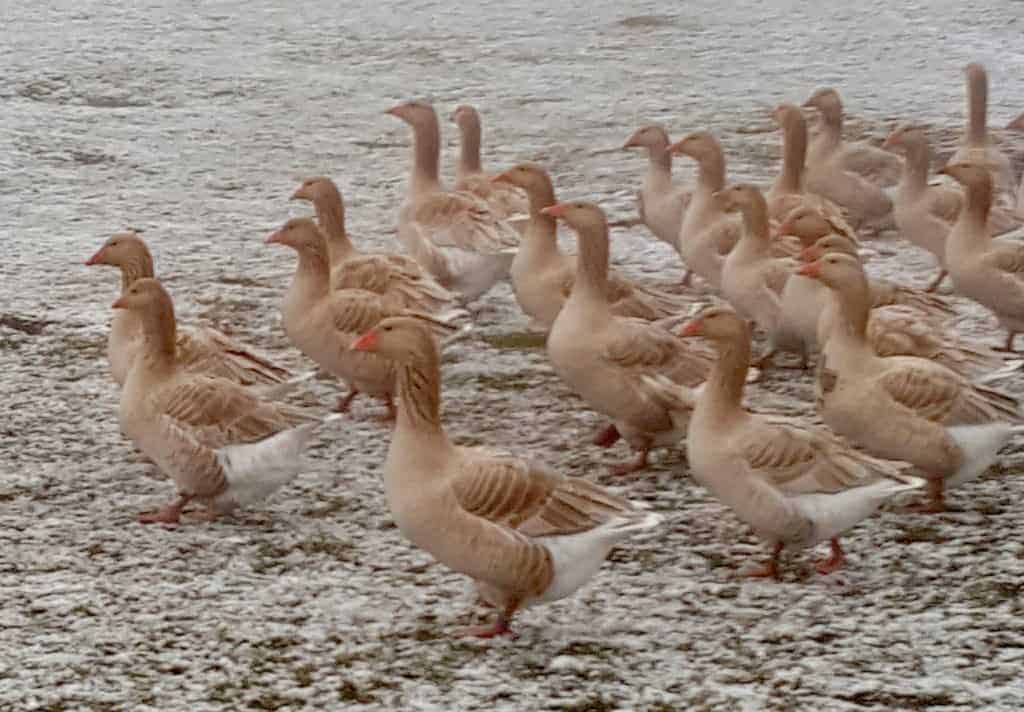Brecon Buff


Medium breed
Domesticated Greylag Goose Anser anser
The history of the Brecon Buff was documented by its originator, Rhys Llewellyn from South Wales. He discovered buff females in the farmyard geese of the Brecon Beacons and, using a white gander, produced a pure-breeding buff flock in 4-5 generations. These geese are still very popular in Wales where both exhibition breeders and farmers like to preserve high quality stock.
They are alert, active and friendly. Well suited to the area they originated, Brecon Buffs are hardy and good grazers.

The exhibition standard was first published in 1934 in The Feathered World, and in the 1954 edition of the British Poultry Standards. One of only four standardised British indigenous breeds, the Brecon Buff is a priority breed on the Rare Breed Survival Trust’s watchlist.
The Brecon is distinguished from its larger relative, the American Buff, not only by its weight but also by its pink feet and beak, which are characteristic of this breed. The plumage is an attractive shade of buff, the main body feathers being fringed with almost white. This is the same pattern as the Toulouse, for the European domestic geese all derive from the same basic stock – the Greylag.
Adult birds weigh 6.5-9 kg, the weight depending upon how they have been fed. On the whole, they are slow growing but are thrifty and do well as free-range birds.